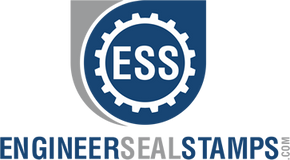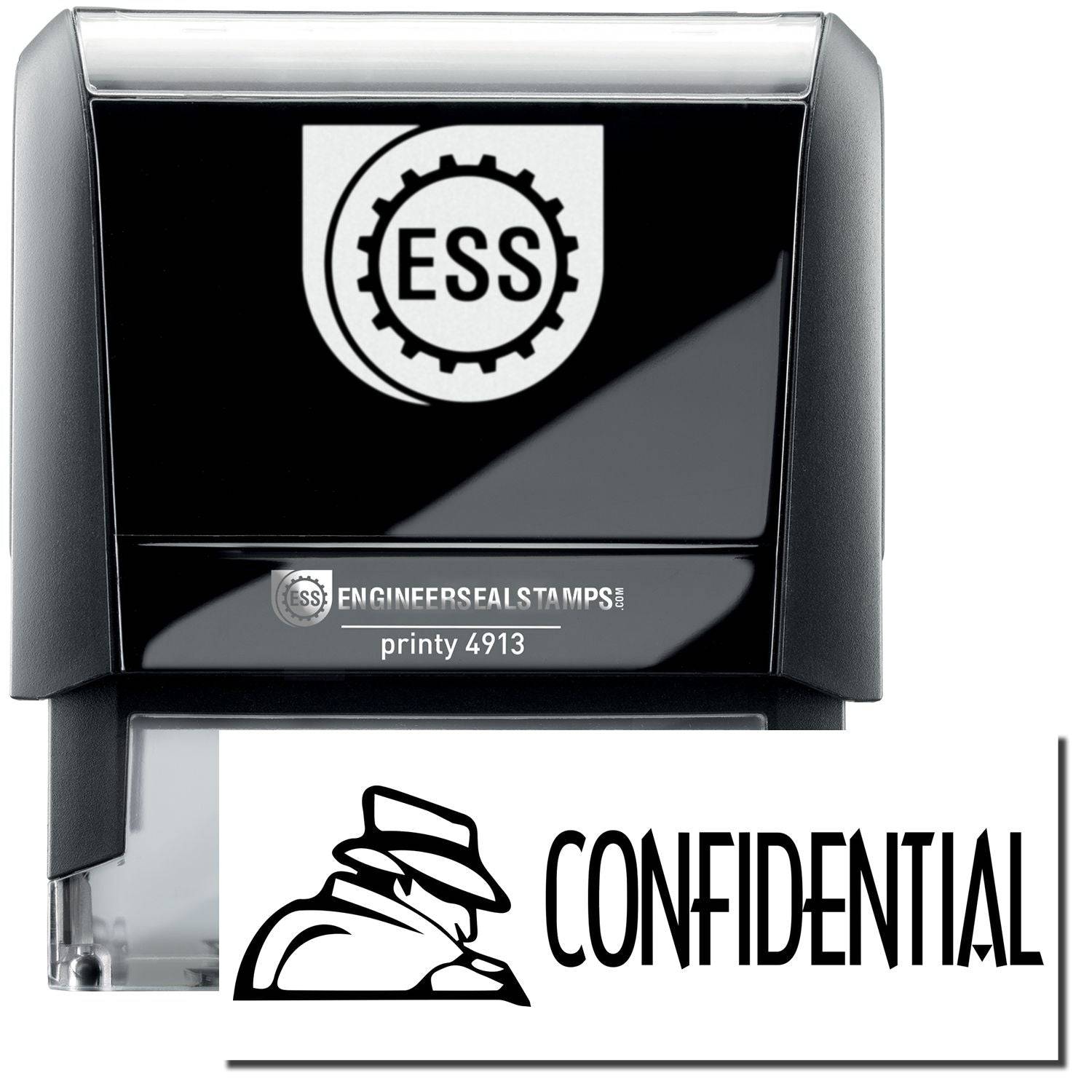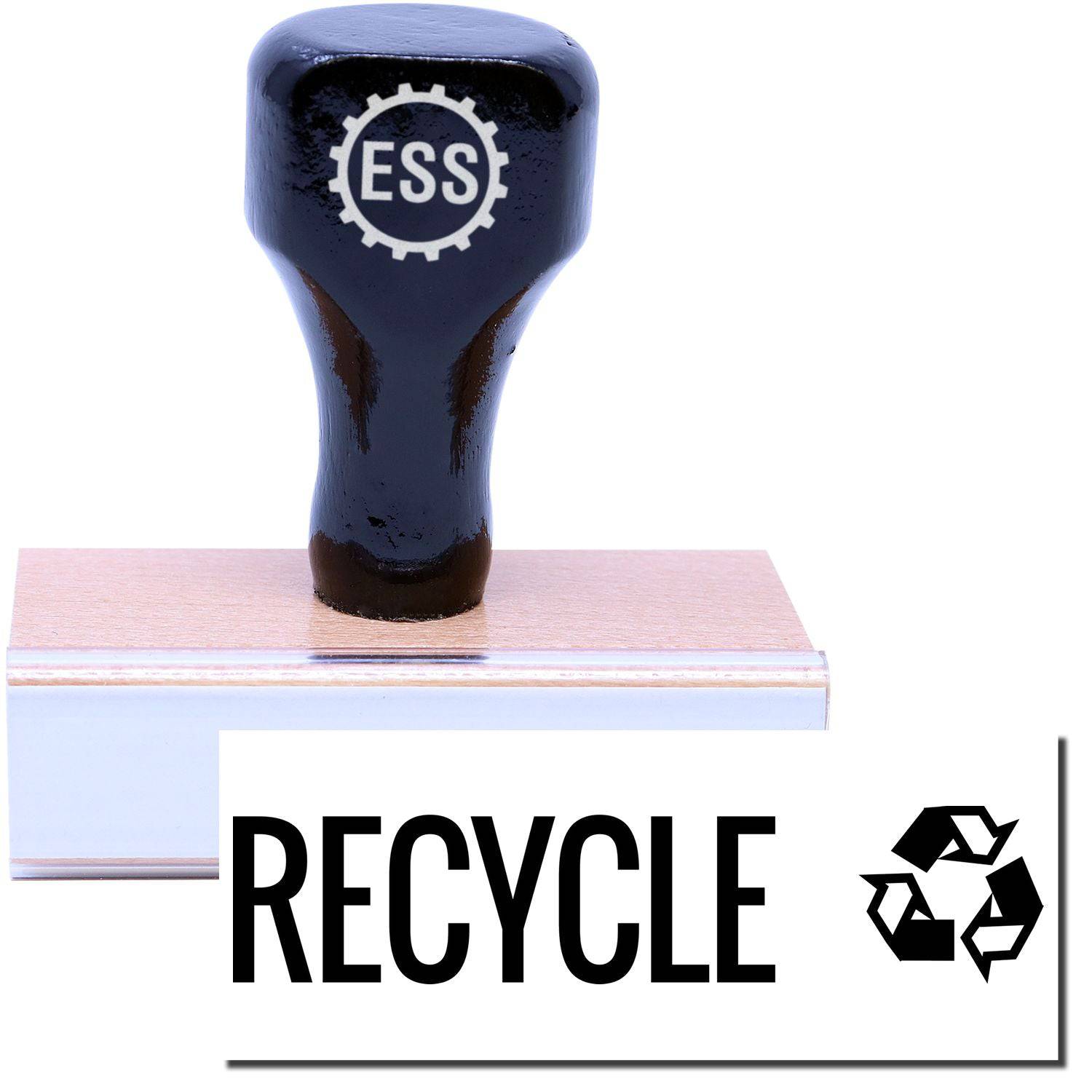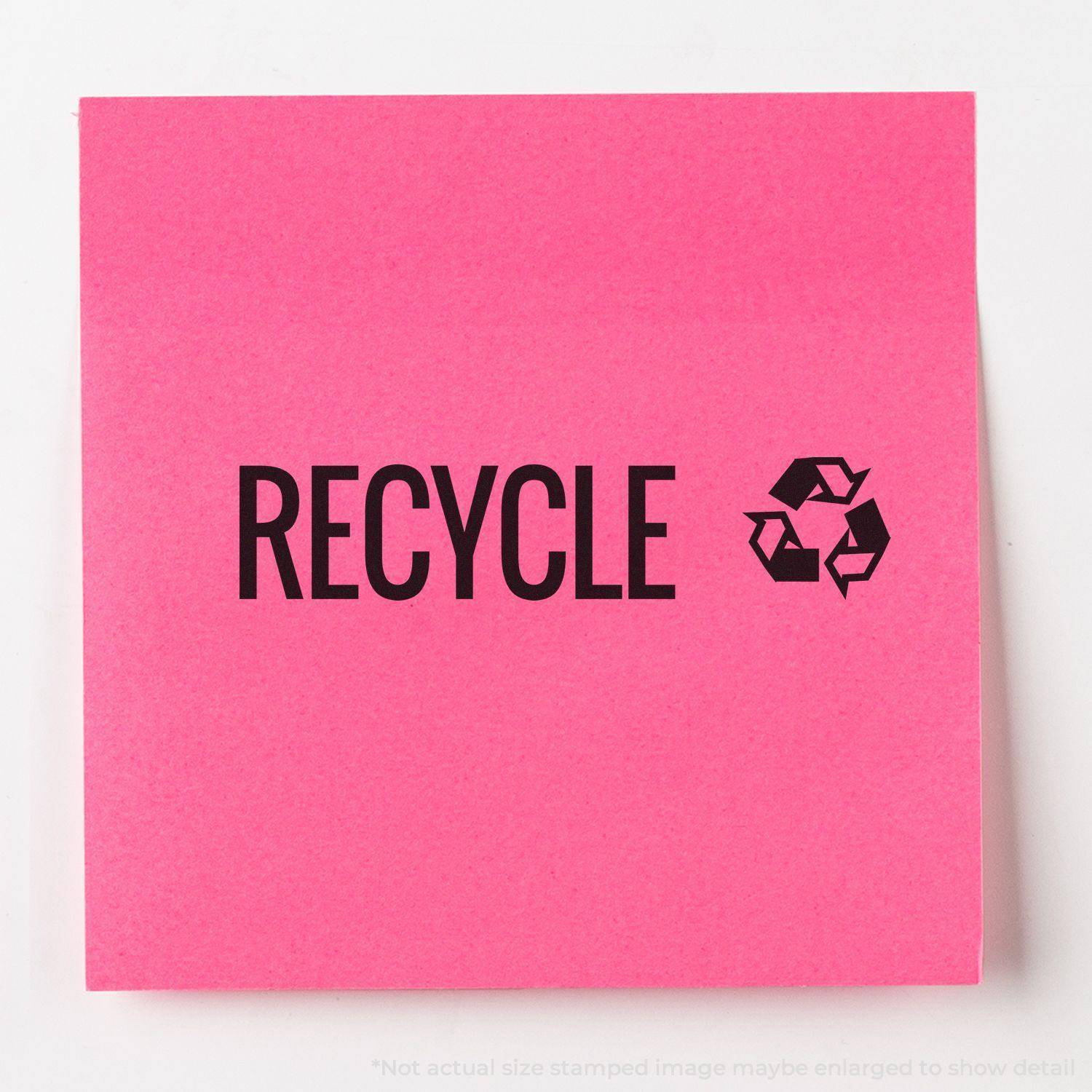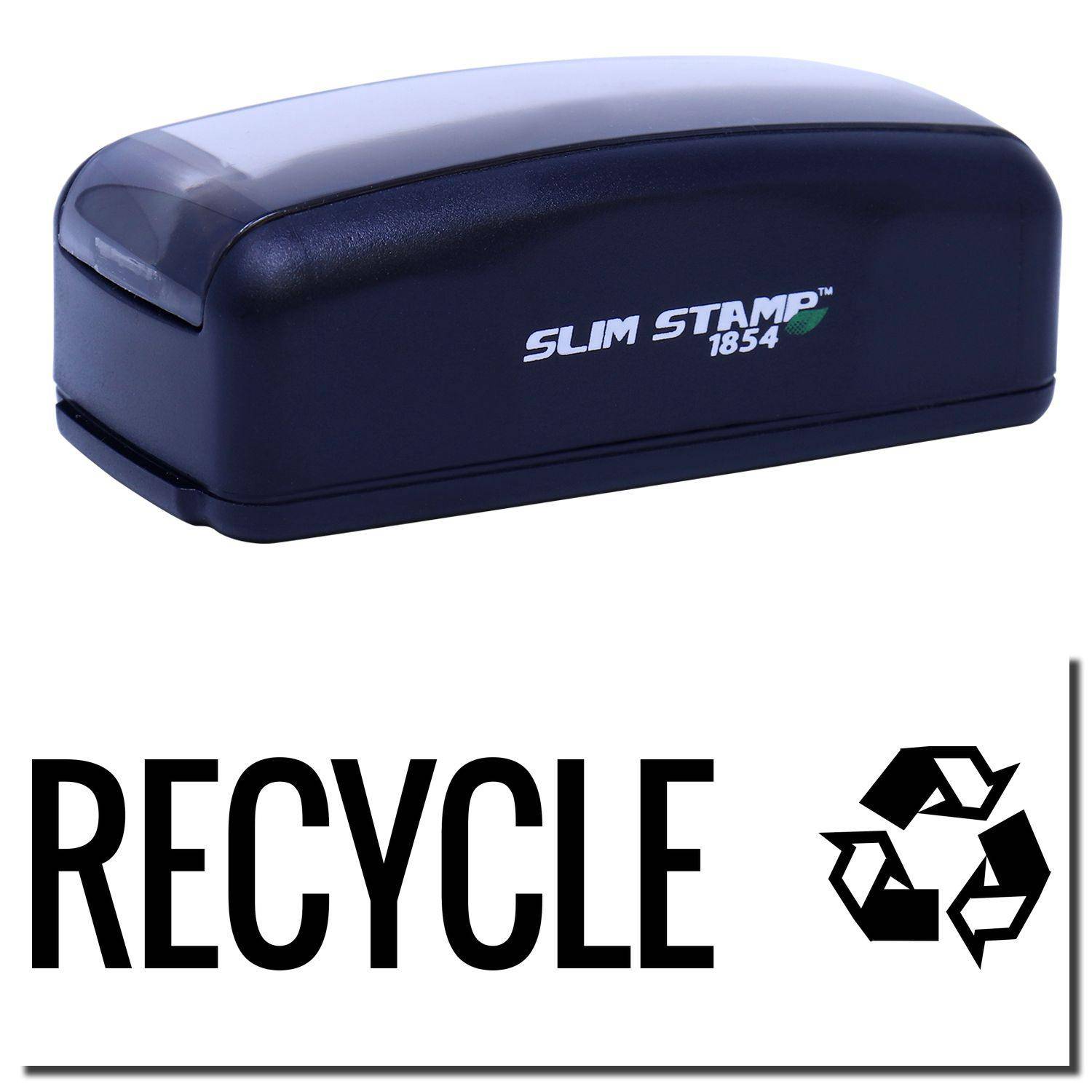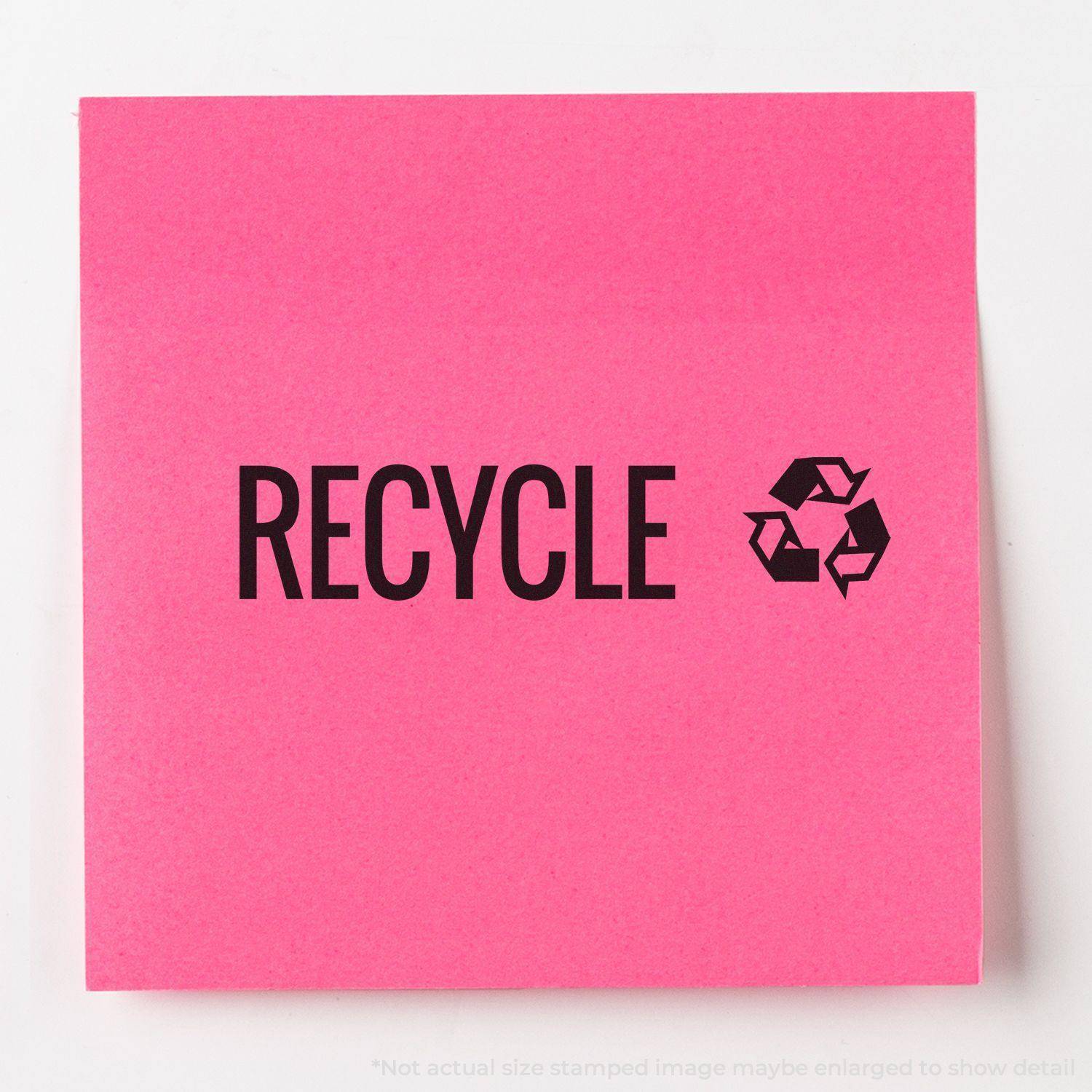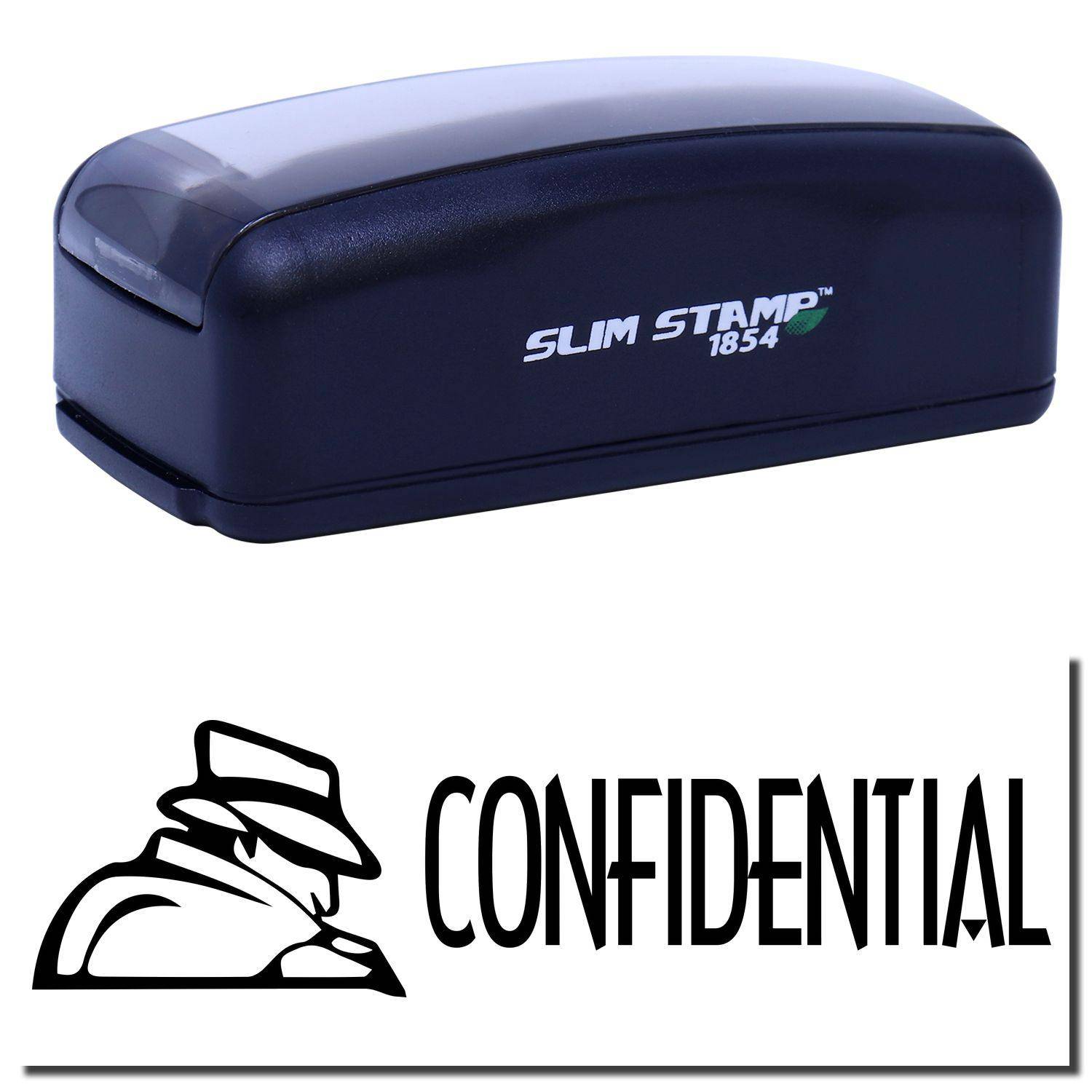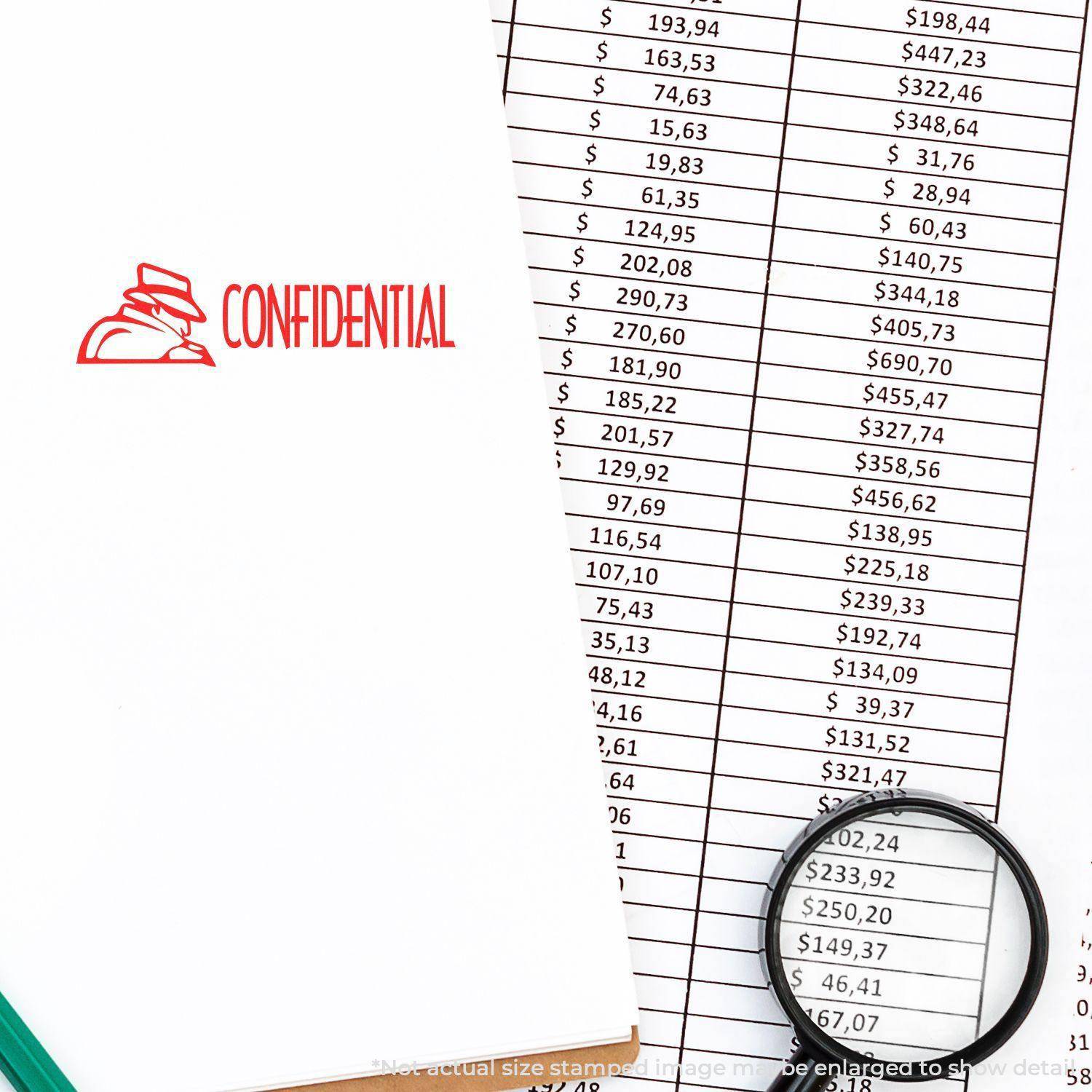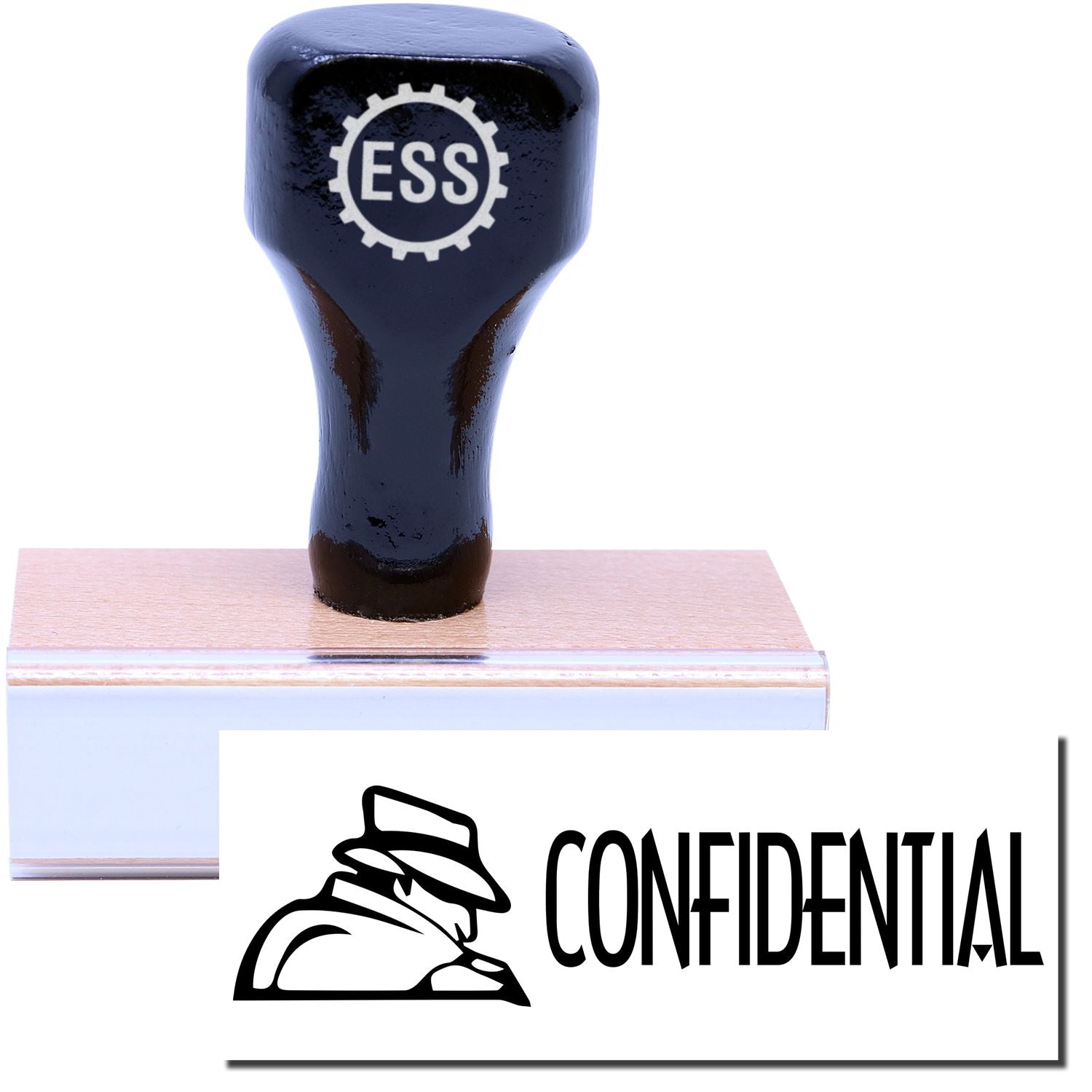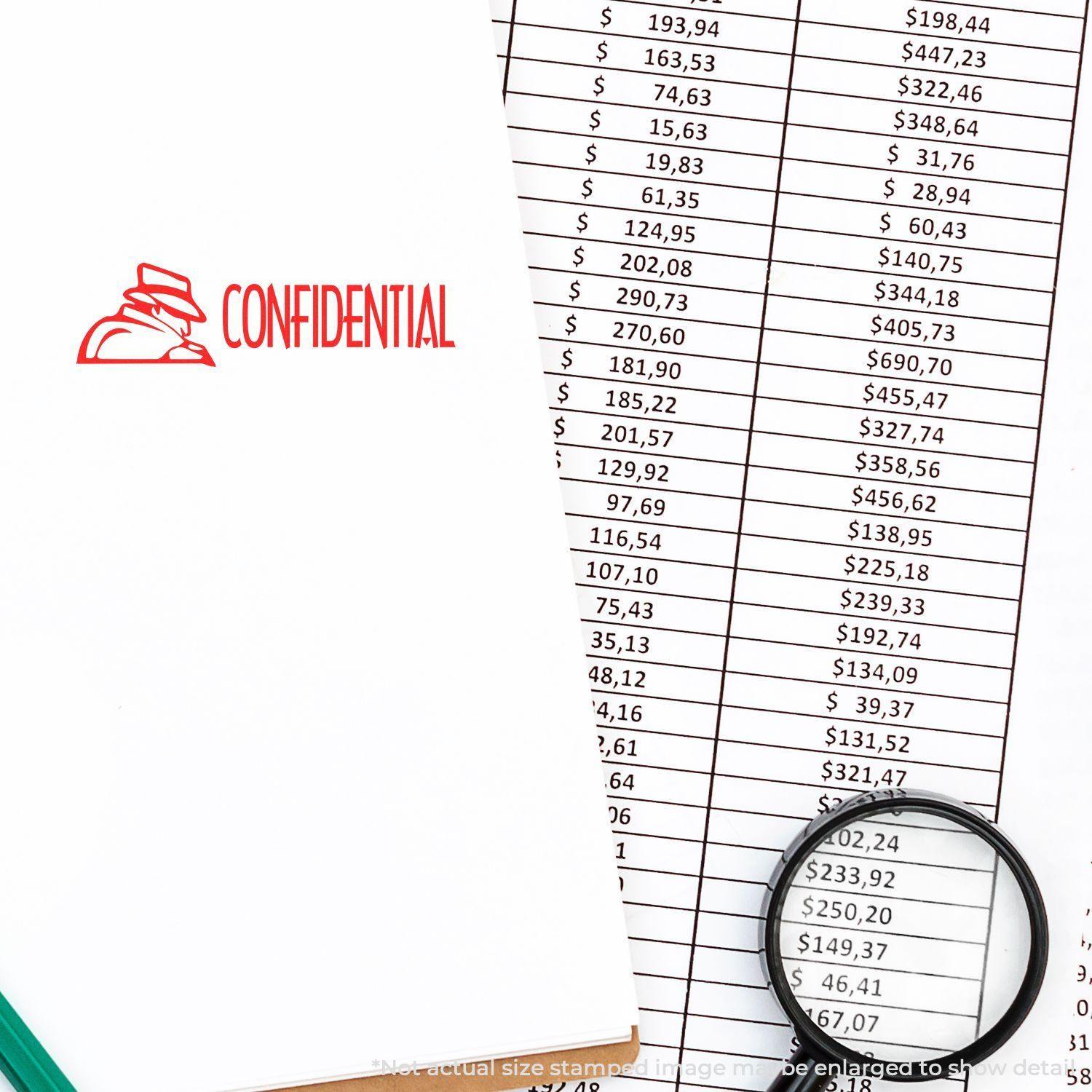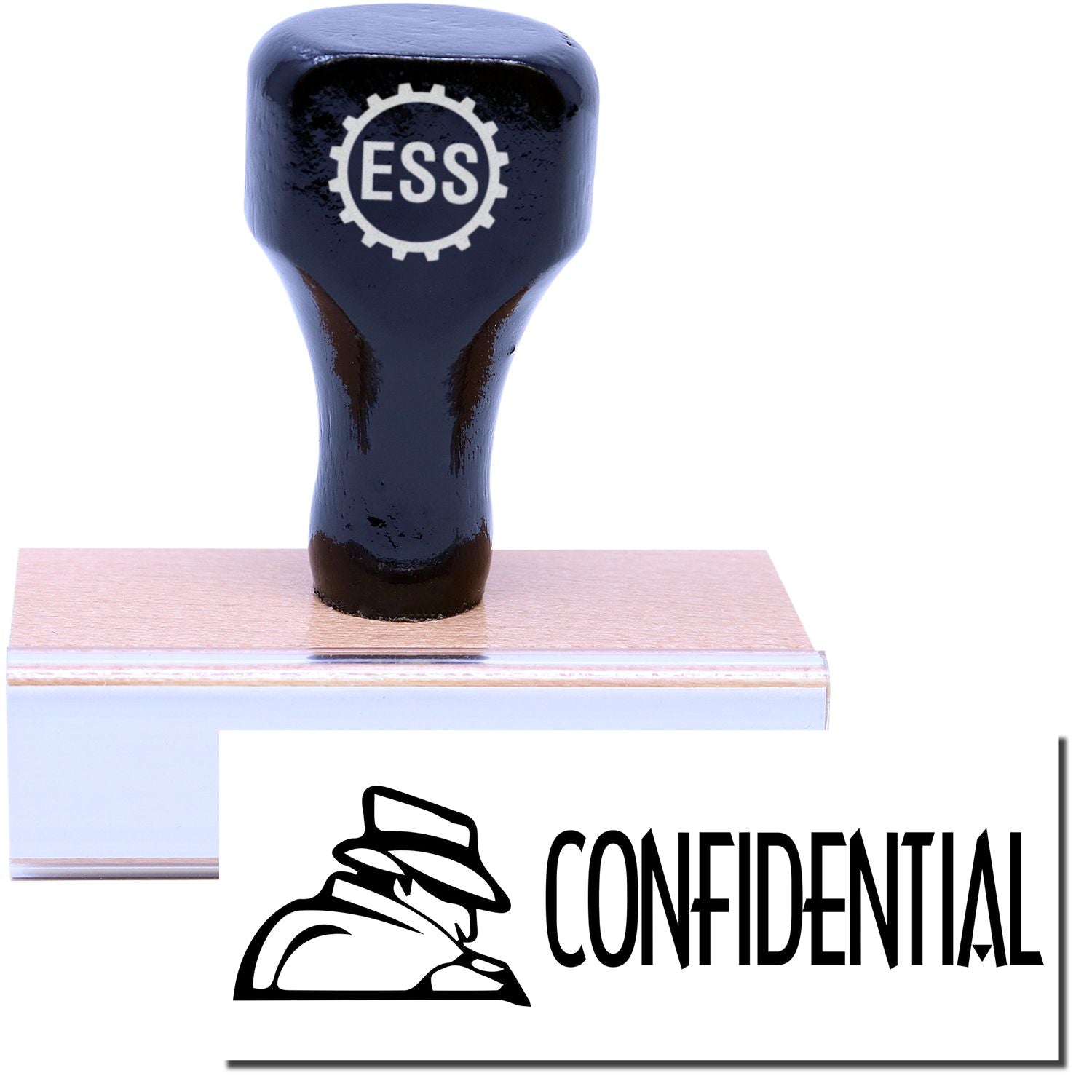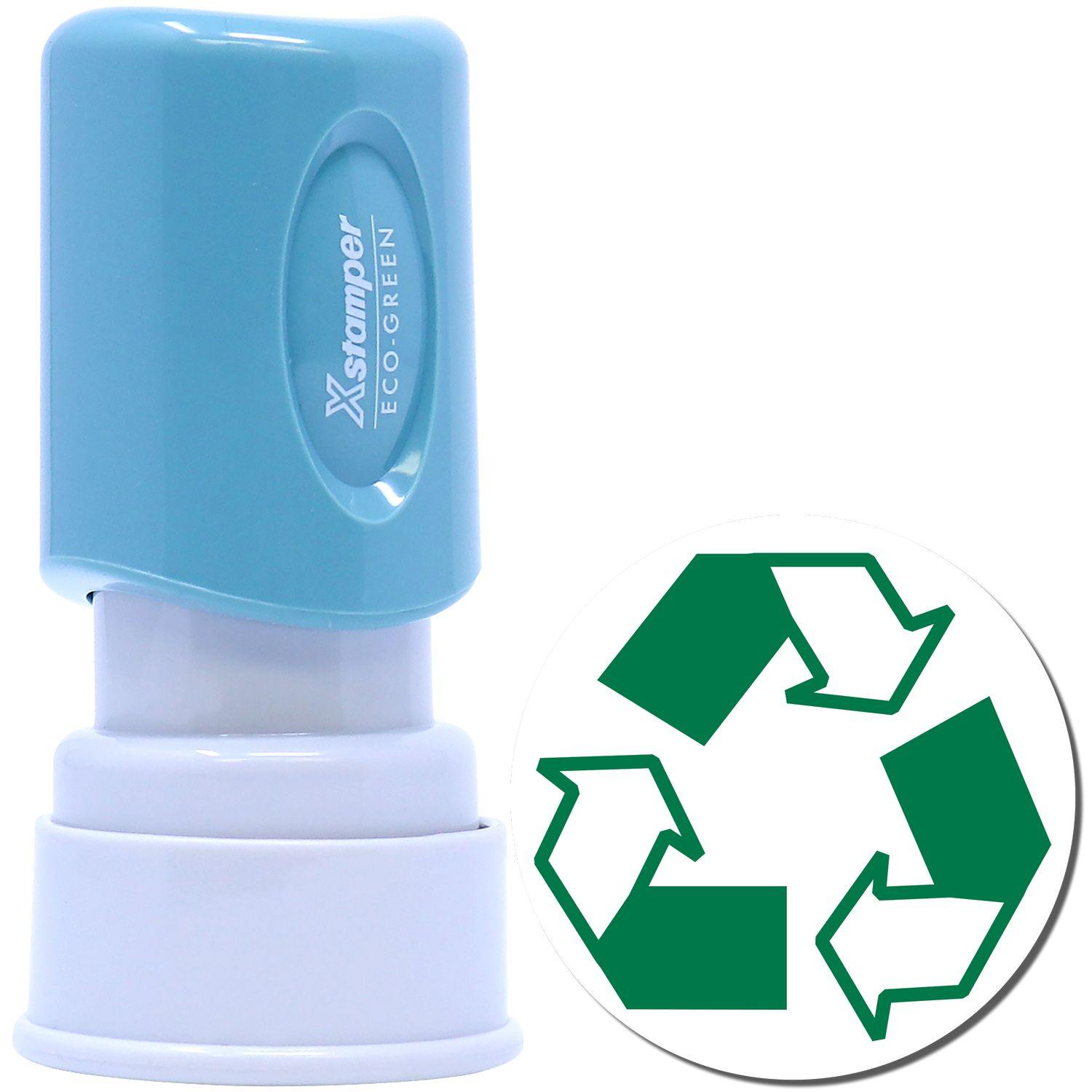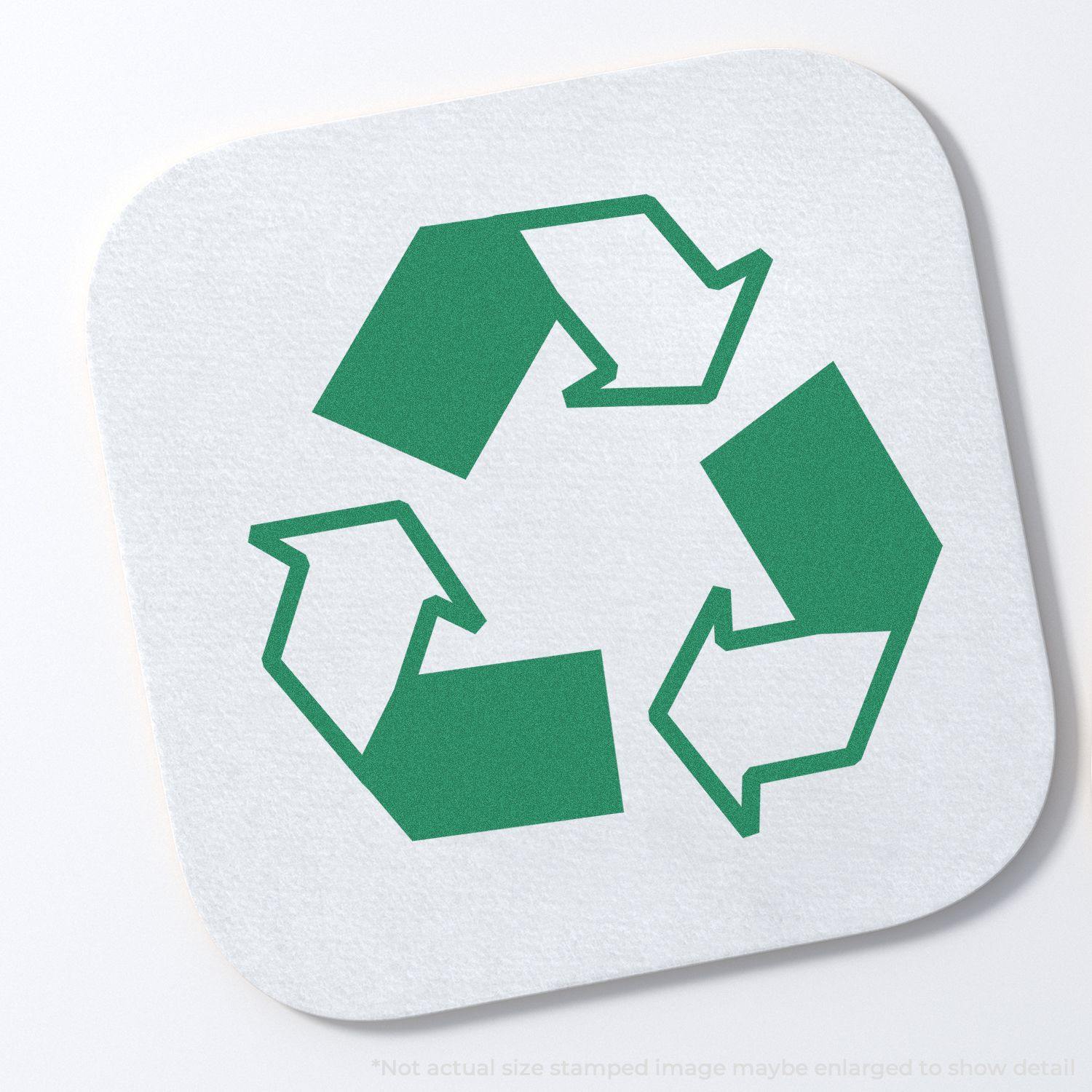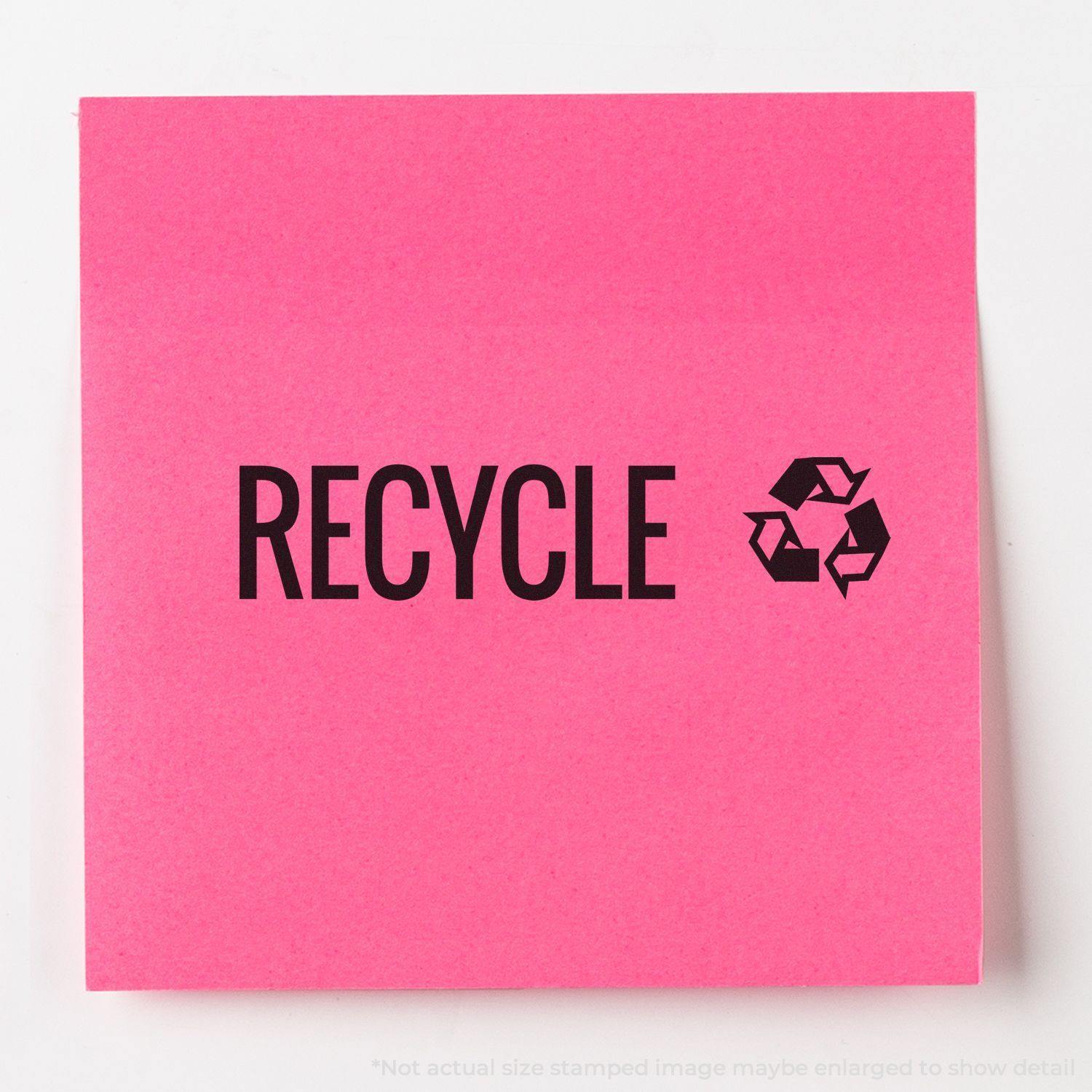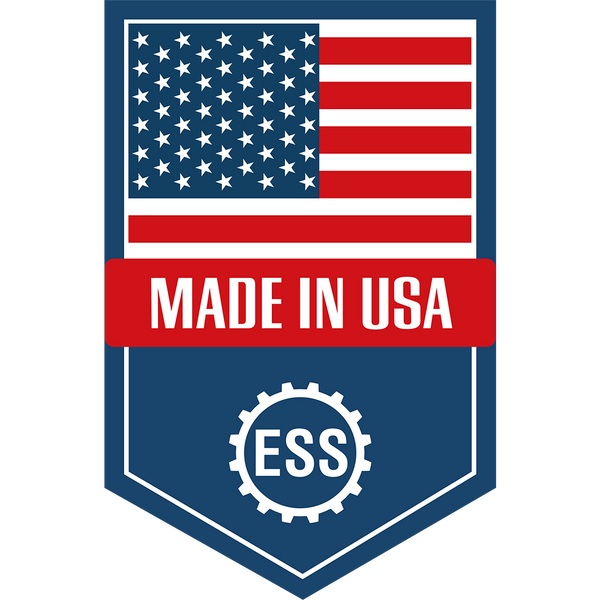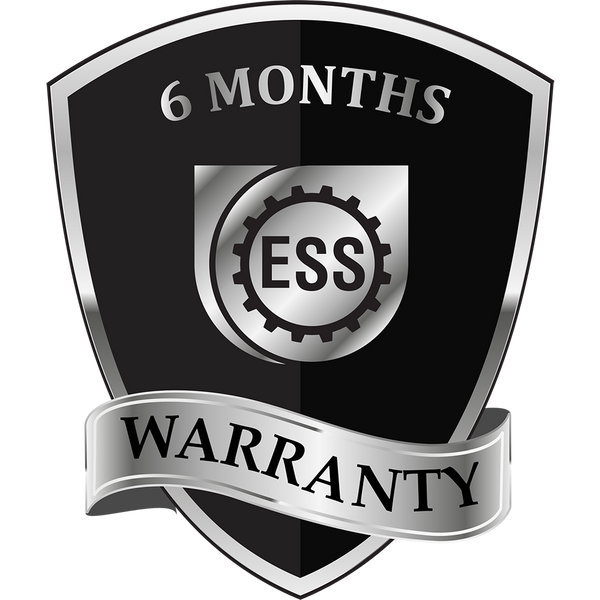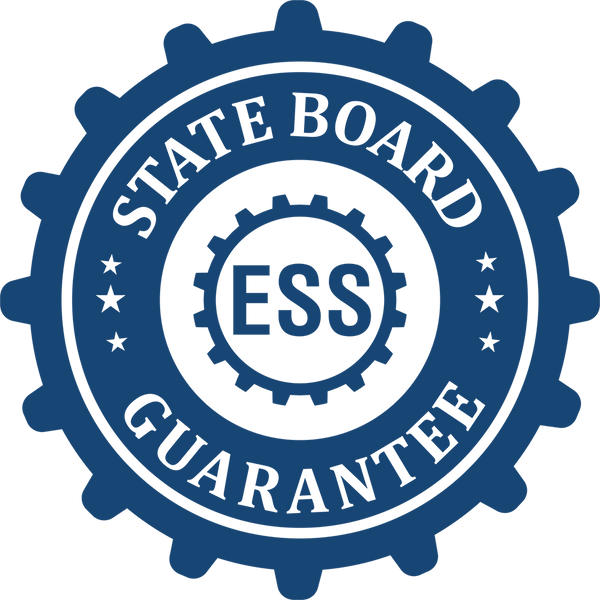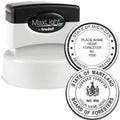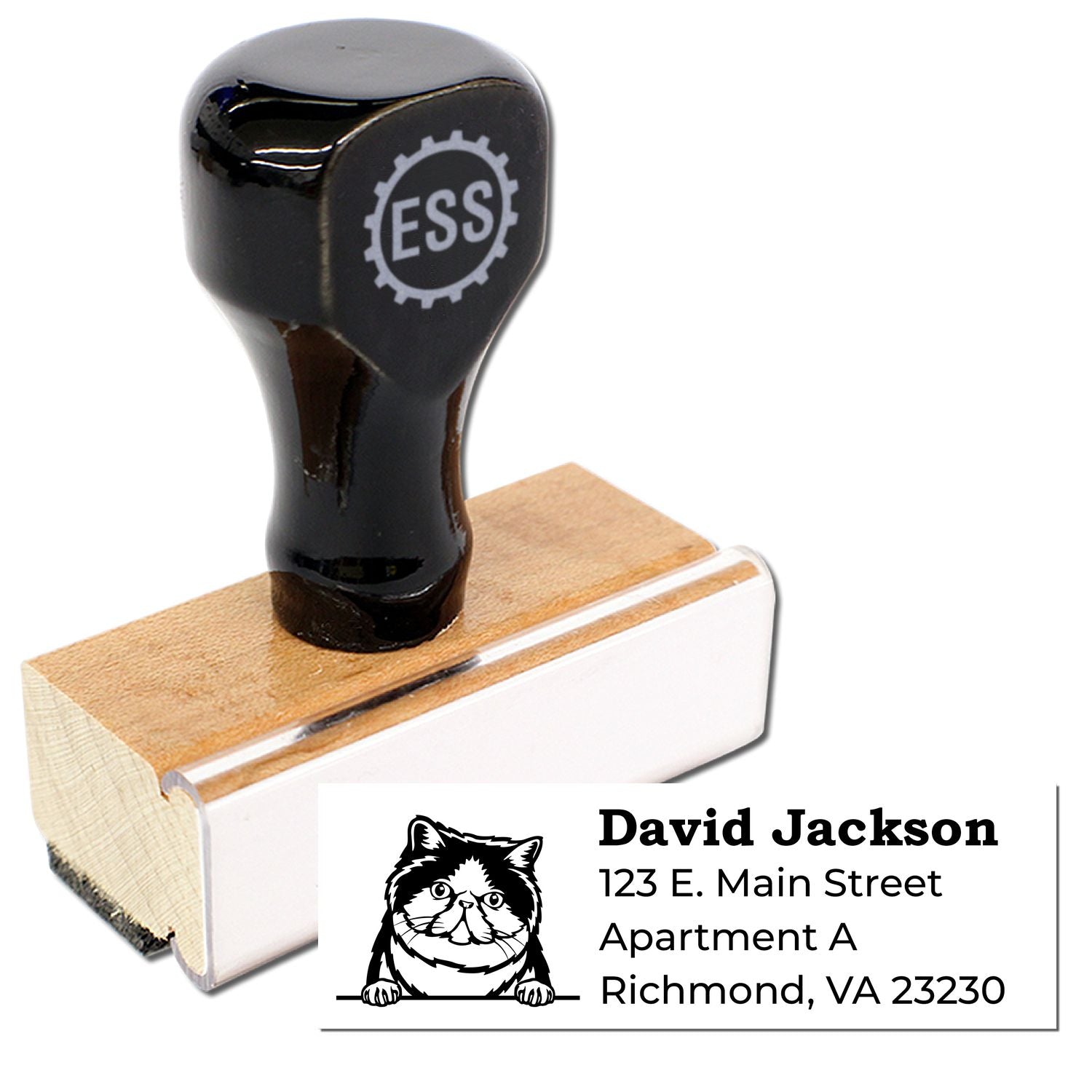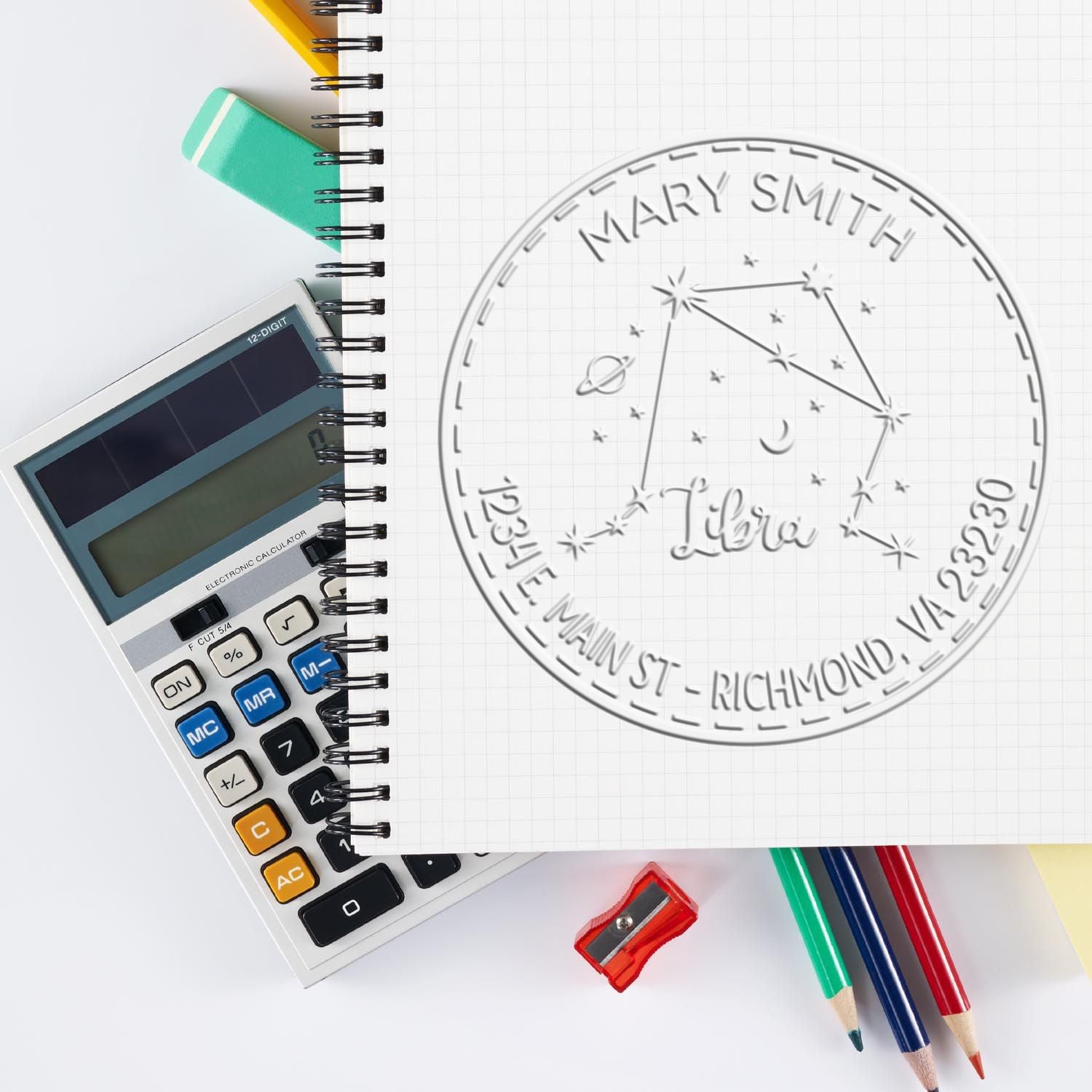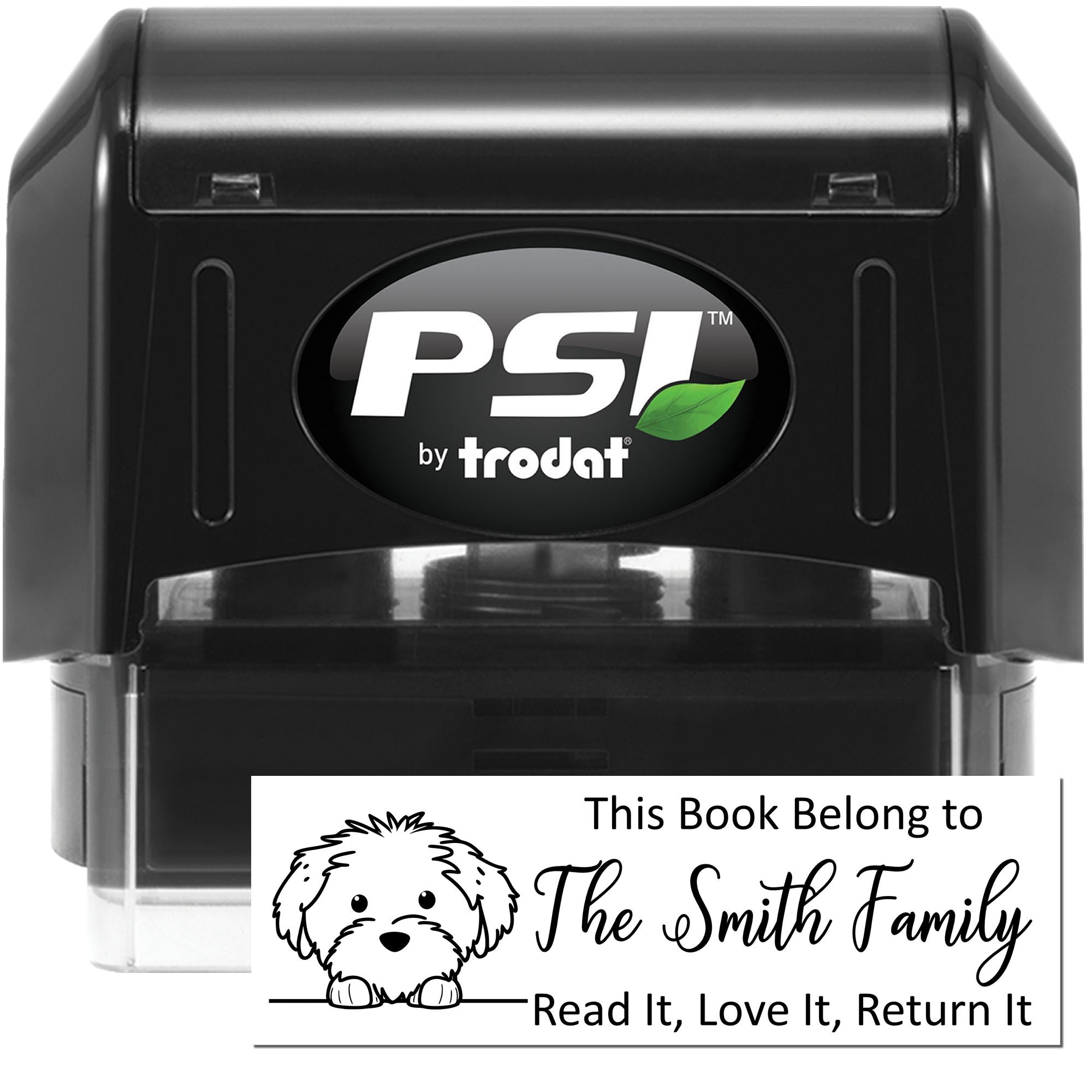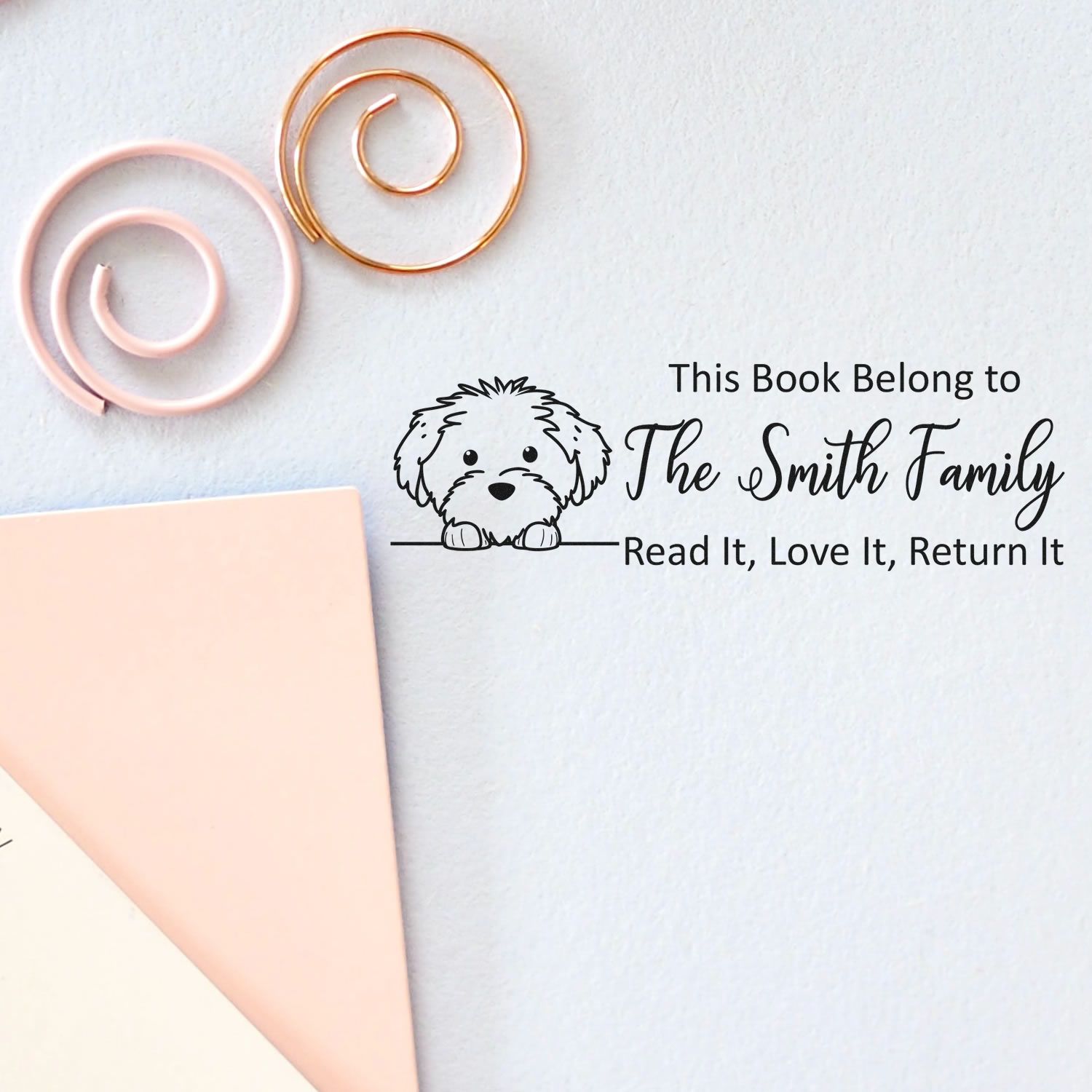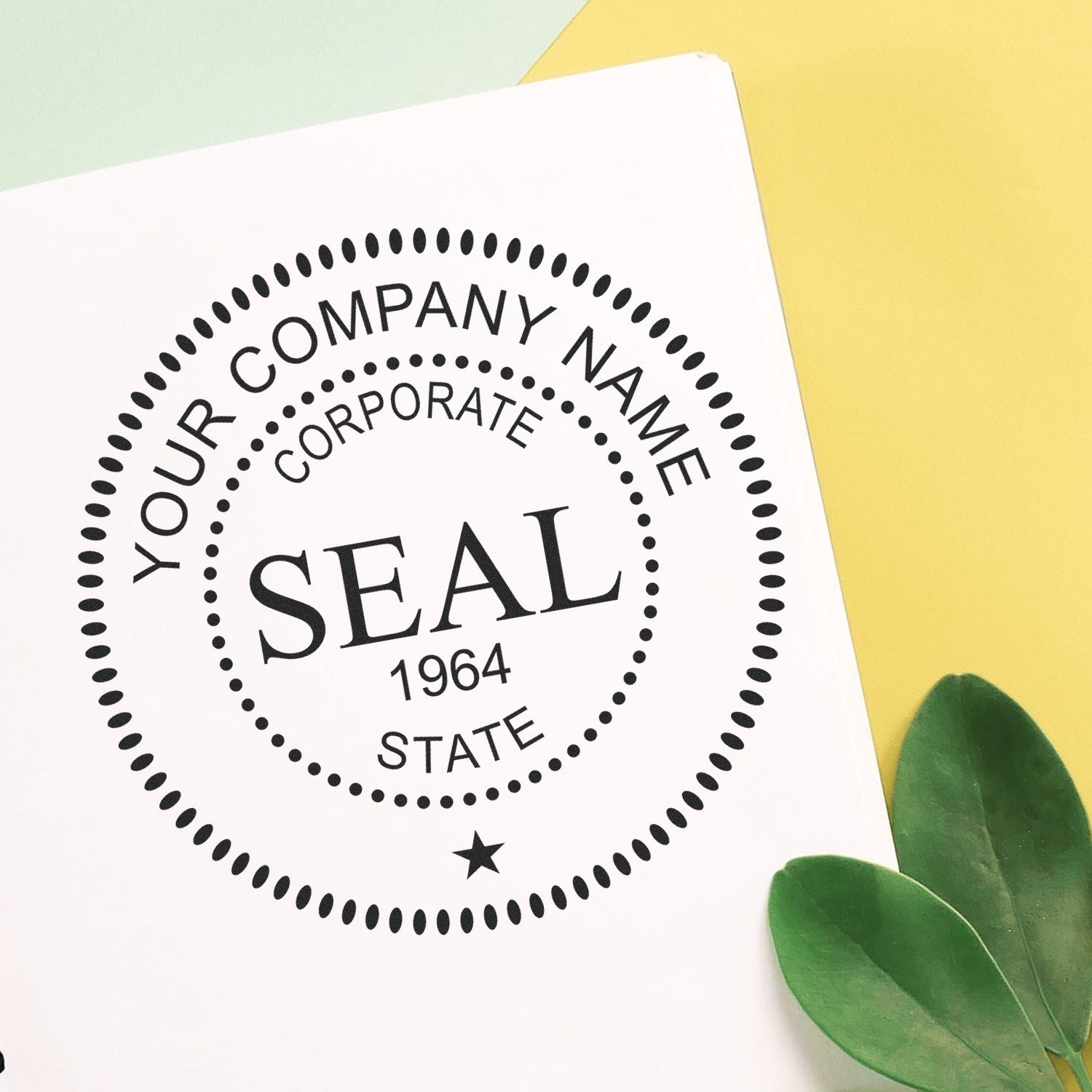Discover the basics
What is an embossing press?
An embossing press is a handy device that uses pressure and a die (engraved metal plate) to create raised designs on paper. It adds both texture and sophistication to stationery, including invitations, thank-you notes, or even personal bookplates. By pressing a design into the paper, you instantly transform an ordinary invite into something you can’t wait to slip into an envelope.
Why it enhances your invitations
Picture your guests opening the mail and running a finger over the raised lettering or emblem. That tactile experience prompts excitement, long before your party even begins. An embossing press for invitations also helps you set the mood, whether you’re launching a business event or a birthday bash. Subtle details, like your initials or favorite design motif, make each piece feel personal and memorable.
Benefits of using a custom embosser
Creating embossed invitations is a breeze once you understand how it works. But why stop there? A custom embosser lets you get creative.
- Personal branding. Use a custom seal to reinforce your theme, monogram, or unique signature.
- Consistent results. Every invitation looks polished, ensuring your guests see a unified style.
- Elevated appeal. Embossed text or designs add depth, making your event look even more special.
If you really want to dial up the wow factor, consider getting custom embossing stamps. You’ll be able to imprint unique logos or one-of-a-kind patterns on everything from envelopes to book covers.
How to choose the right tool
Manual vs. electric
Manual presses require you to apply the force yourself, which is perfect for smaller batches. They’re easy to store, simple to use, and often quite durable. Electric versions, on the other hand, handle bigger runs faster but generally come with a higher price tag. Think about how many invitations you’ll produce and how much time you’d like to invest before making a decision.
Size and build quality
Not all embossers are created equal. The press should feel sturdy enough to handle repeated use without straining your wrist. Check the handle length, overall weight, and clamp strength. If it’s made of quality materials, you’ll be able to emboss heavier cardstock without much effort. Engineer Seal Stamps (ESS) offers several dependable options worth considering if you’re seeking a tool built to last.
Step-by-step embossing guide
Prepare your workspace
- Gather materials. You’ll need your press, the paper you plan to emboss, and a flat surface.
- Align the paper. Slide your invitation squarely into the embossing area so the design ends up exactly where you want it.
- Secure the paper. Make sure everything stays in place before you begin pressing.
Create a crisp impression
- Lower the handle. Press down firmly to imprint the design.
- Remove the paper. Gently lift the handle, then pull out your newly embossed invite.
- Inspect your work. Check for clarity and depth. If the impression seems weak, apply a bit more force next time or adjust your cardstock placement.
Maintenance and care
Your embosser will last for years with proper upkeep. Here’s how you show it some love:
- Clean the die. Use a soft, dry cloth to wipe away any paper fibers or dust.
- Store safely. Keep the press in a protective box or bag, especially if you’re not using it often.
- Check alignment. Over time, you may need to realign the plates. Most quality presses, including those from Engineer Seal Stamps, have straightforward instructions for fine-tuning.
Wrap up your invitation game
You’re now all set to emboss like a pro. With a bit of practice, you’ll be turning out professional-looking stationery in no time. Whether you’re planning a wedding or simply sending out thoughtful thank-yous, an embossed detail never fails to impress. If you crave even more personalization, talk to Engineer Seal Stamps (ESS) about creating a custom design that reflects your style. Your invitations will feel one-of-a-kind, and your guests will notice that extra care in every raised edge.
Frequently asked questions
How much force should I apply when embossing? Generally, a firm downward press is enough. If your first try looks faint, gently increase pressure until you see a crisp, raised design.
What paper types work best for embossing? Medium to heavy cardstock is ideal. Lightweight paper can tear easily, while super-thick paper might require a stronger press.
Can I use ink or foil with my embosser? Yes, but you’ll need separate stamping or foiling tools. An embossing press for invitations typically handles the raised design, while ink or foil adds extra visual flair.
How do I keep my designs aligned with the paper’s edges? Use small pencil marks to guide placement, or position a tiny piece of masking tape to ensure each piece of stationery slides in consistently.
Will my embosser wear out over time? A quality device, like those from Engineer Seal Stamps, should last for many years. Just remember to clean and store it properly to maintain top-notch impressions.
